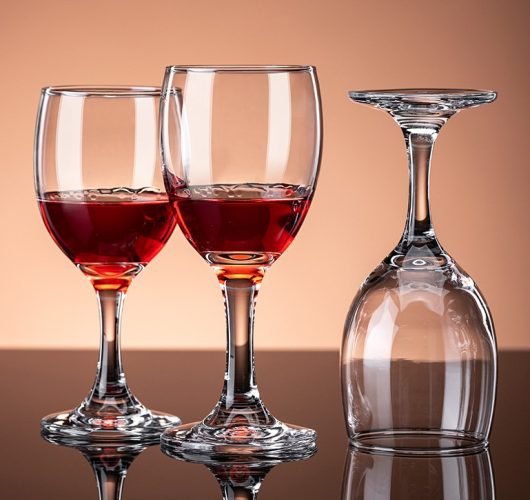Introduction
Microwave ovens have become a staple in modern kitchens. They provide a quick and convenient way to heat food and beverages. However, not all containers are safe for microwave use. This article explores whether glass cups can be safely used in the microwave, highlighting factors to consider for safe usage.
Understanding Microwave Safety
Microwave ovens heat food by emitting microwave radiation. This radiation excites water molecules, causing them to vibrate and produce heat. However, the safety of containers in microwaves depends on their material. Certain plastics and metals can melt or cause sparks. Glass, in general, is considered safe, but there are important details to keep in mind.
Types of Glass Cups
There are various types of glass cups available. Not all are created equal regarding microwave safety. Common types include:
- Tempered Glass: This type is specifically designed to withstand high temperatures and sudden changes in temperature. Tempered glass is safe for microwaves.
- Borosilicate Glass: Known for its resistance to thermal shock, borosilicate glass is often used in laboratory glassware and cookware. It is also microwave safe.
- Regular Glass: Standard glass cups can generally be used in the microwave, but caution is needed. Regular glass may crack if subjected to extreme temperature changes.
- Decorative or Lead Glass: Cups with decorative designs or made with leaded glass may not be microwave safe. The metals or coatings can react poorly to microwave radiation.
Key Considerations for Microwave Use
When using glass cups in the microwave, consider the following:
- Check for Labels: Always look for a label indicating that the glass is microwave safe. Manufacturers often provide guidance on whether their products can be used in microwaves.
- Inspect for Damage: Before microwaving, check for cracks or chips in the glass. Damaged glass is more likely to break under heat.
- Avoid Sudden Temperature Changes: Do not place a cold glass cup directly into a hot microwave. Similarly, avoid transferring a hot glass cup to a cold surface. This can cause thermal shock, leading to breakage.
- Use Microwave-Safe Lids: If your glass cup has a lid, ensure it is microwave safe. Some lids can warp or melt when heated.
- Monitor Heating Times: Glass cups can get very hot in the microwave. Use caution when removing them, and consider using an oven mitt.
What to Avoid
Certain practices can make microwaving glass cups unsafe:
- Avoid Metal Parts: Never use glass cups that have metal decorations or components. Metal can cause sparks and fires in the microwave.
- Do Not Overheat: Avoid microwaving glass cups for too long. Overheating can lead to cracking or even exploding glass.
- Skip Plastic Covers: If covering your glass cup, avoid plastic lids that are not labeled as microwave safe. They can melt and leach chemicals into your food or drink.
- Avoid Stacking: Do not stack glass cups in the microwave. This can trap heat and cause uneven heating, increasing the risk of breakage.
Common Myths
Many myths surround the use of glass in microwaves. Here are a few clarifications:
- All Glass is Safe: This is not true. As mentioned, not all glass cups are microwave safe. Always check for specific labels.
- Glass Cannot Break in the Microwave: While glass is generally safe, it can break if not used correctly. Always follow safety guidelines.
- Heating Water in Glass is Always Safe: Heating water in glass cups can be dangerous if the glass is not microwave safe. Boiling water can cause superheating, leading to explosive boiling when disturbed.
Conclusion
Glass cups can be used in the microwave, but caution is essential. Understanding the types of glass, inspecting for damage, and following safety guidelines can prevent accidents. Always prioritize safety to enjoy the convenience of microwaving without risks.


